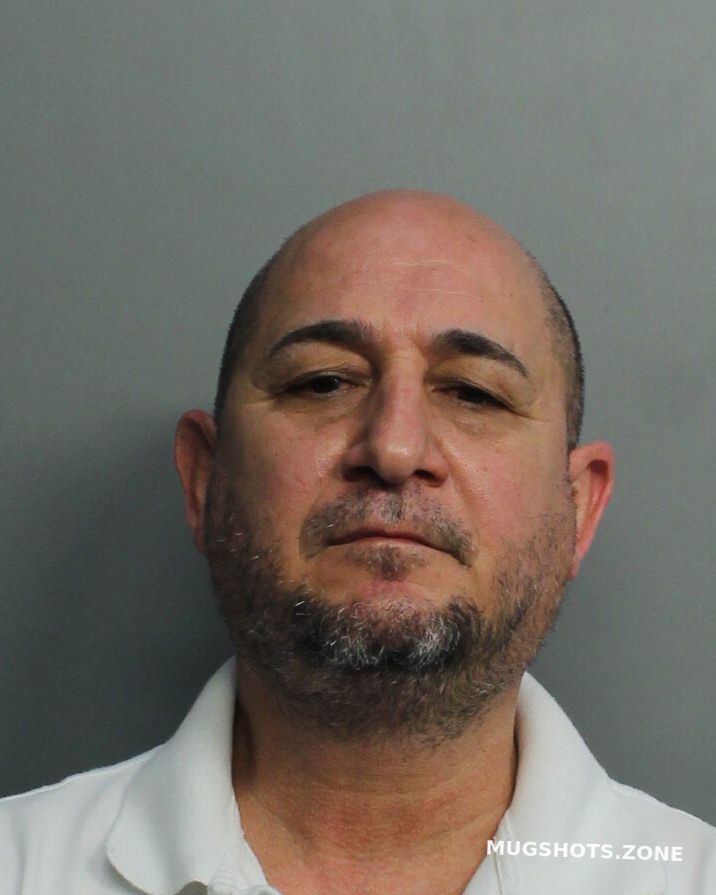Can the small town of Greenfield truly transform into a hub for sustainable living? A bold claim indeed, but recent developments suggest that this quaint community nestled in the heart of the Midwest is on the brink of something extraordinary. With initiatives ranging from renewable energy projects to innovative waste management systems, Greenfield is setting an example for towns across the nation. The question now is whether this transformation will inspire others to follow suit or remain an isolated success story.
Greenfield's journey towards sustainability began several years ago when local leaders recognized the need for change. Faced with rising energy costs and environmental concerns, the town council embarked on a mission to reduce its carbon footprint. This effort was spearheaded by Mayor Linda Thompson, whose vision extended beyond mere policy changes. She envisioned a town where every resident played a role in fostering a greener future. Her leadership style, characterized by collaboration and transparency, quickly garnered support from both residents and businesses alike. Under her guidance, Greenfield implemented a series of programs aimed at promoting renewable energy adoption, reducing waste, and enhancing public awareness about environmental issues.
| Name | Linda Thompson |
|---|---|
| Age | 52 |
| Occupation | Mayor of Greenfield |
| Education | Bachelor’s Degree in Environmental Science, Master’s Degree in Public Administration |
| Career Highlights | - Elected as Mayor in 2018 - Launched Greenfield’s Renewable Energy Initiative in 2019 - Received National Award for Environmental Leadership in 2022 |
| Contact | Visit Official Website |
The cornerstone of Greenfield's sustainability efforts has been its commitment to renewable energy. Through partnerships with private companies and government grants, the town successfully installed solar panels on numerous public buildings, including schools, libraries, and the municipal complex. These installations not only reduced energy costs but also served as educational tools for students and residents. Additionally, Greenfield invested in wind turbines located on the outskirts of town, further diversifying its energy sources. The combination of solar and wind power has significantly decreased the town's reliance on fossil fuels, positioning it as a leader in clean energy adoption.
In tandem with these energy initiatives, Greenfield tackled waste management with equal vigor. Recognizing the inefficiencies of traditional landfill practices, the town introduced comprehensive recycling and composting programs. Residents were provided with clear guidelines and incentives to participate, resulting in a dramatic reduction in landfill contributions. Moreover, Greenfield partnered with local farmers to utilize organic waste as fertilizer, creating a closed-loop system that benefits both the environment and the agricultural community. This innovative approach earned praise from environmental experts nationwide, who hailed it as a model for other municipalities to emulate.
Public education played a crucial role in the success of Greenfield's sustainability initiatives. Mayor Thompson understood that lasting change required more than policy implementation; it demanded a cultural shift. To achieve this, the town organized workshops, seminars, and community events focused on environmental stewardship. Schools incorporated sustainability into their curricula, teaching children the importance of conservation from an early age. Furthermore, Greenfield launched a digital platform where residents could access resources, share ideas, and track the town's progress. This inclusive approach fostered a sense of ownership among citizens, ensuring widespread participation in sustainability efforts.
Despite its achievements, Greenfield faces challenges that threaten to derail its progress. Funding remains a persistent issue, as many of the town's initiatives rely heavily on external grants and donations. Securing long-term financial support will be critical to sustaining current programs and expanding them in the future. Additionally, resistance from some residents who view sustainability measures as unnecessary or burdensome poses another hurdle. Addressing these concerns through open dialogue and demonstrating tangible benefits will be essential to maintaining community buy-in.
Looking ahead, Greenfield aims to build upon its successes and continue pushing the boundaries of what a small town can accomplish. Plans are underway to expand renewable energy infrastructure, enhance public transportation options, and develop green spaces throughout the community. Mayor Thompson remains optimistic about the town's potential, emphasizing the importance of perseverance and innovation in achieving long-term goals. We've proven that even a small town like Greenfield can make a big impact, she stated during a recent press conference. But our work is far from over. Every step forward brings us closer to a sustainable future for all.
As Greenfield continues its transformation, it serves as a testament to the power of collective action and visionary leadership. While the road ahead may be fraught with obstacles, the town's unwavering commitment to sustainability offers hope and inspiration to communities everywhere. In a world increasingly plagued by environmental challenges, Greenfield stands as a shining example of what can be achieved when people come together with a shared purpose. The question now is whether other towns and cities will rise to the occasion, embracing similar initiatives to create a greener, more sustainable future for generations to come.

